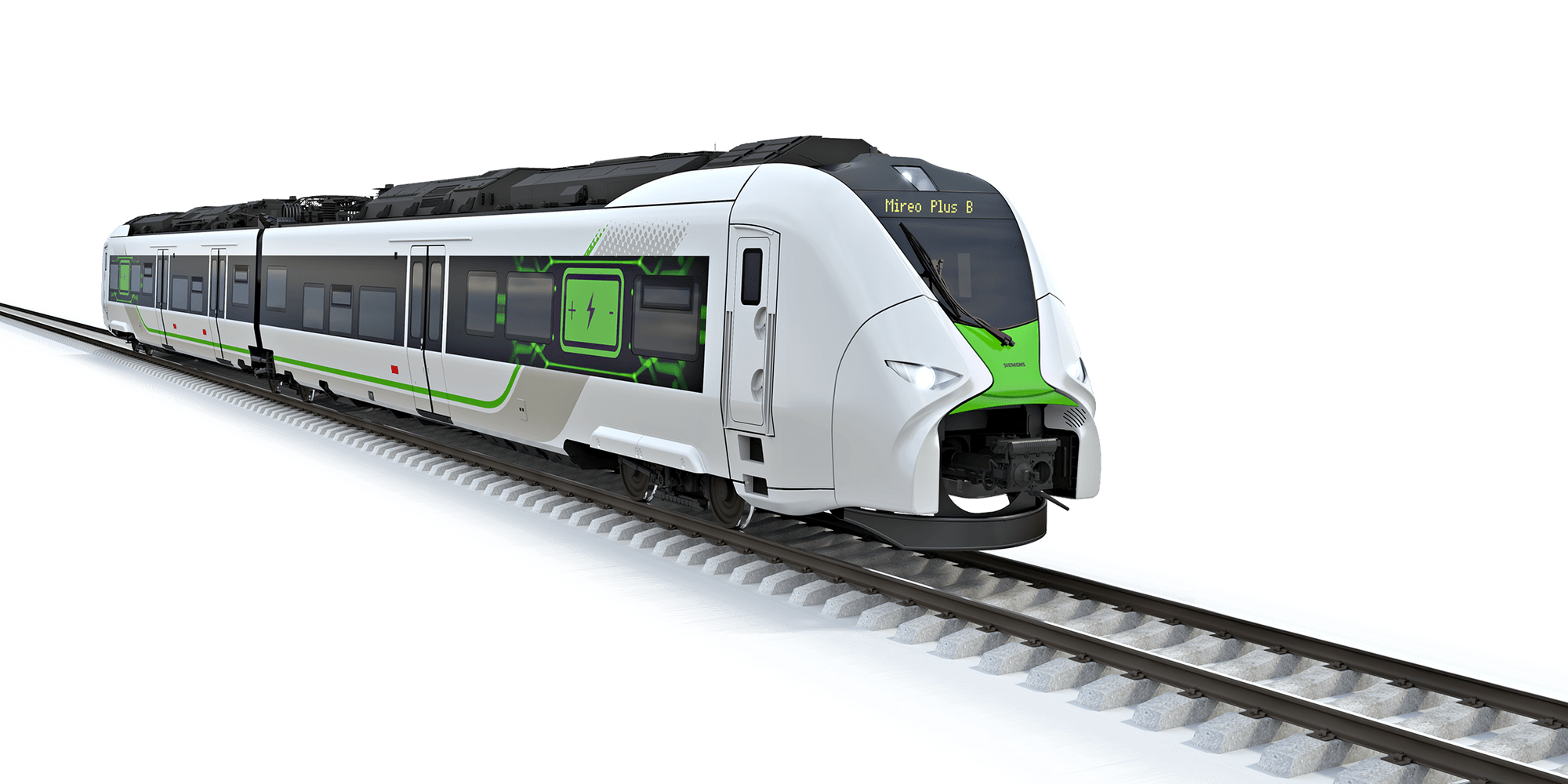smallspy
Senior Member
I think bi-levels would be a huge mistake.
They are certainly very useful in commuter type systems where you have masses travelling at just 2 times a day and nearly all the passengers are headed to just one or 2 terminal station like GO today. RER however should be single level trains because it will very much be metro-like service with far more people getting on and off the throughout the system. This is were bi-levels shortcomings become very clear.
Bi-levels have MUCH longer dwell times as they have fewer doors and there is always congestion at them from 2 levels of people trying to get to few door, negotiating bikes, strollers, wheelchairs, and the many who just linger at the doors as opposed to taking a seat. Paris RER uses bi-levels but that's because people are travelling far longer distances using it because the city already has a huge Metro system. Off course longer dwell times result in both slower and less frequent service capabilities.
To the contrary, I think that double-deck rolling stock is a requirement - but it has to be done in concert with level boarding of some sort.
Yes, there will be a requirement for ease of access and fast loading/unloading of riders. But one thing that won't change is that a substantial proportion of the ridership will be travelling from much further away, and so there will be a need to continue to cater to them.
You should revisit the newest RER stock - they have designed it with different seating configurations in the different parts of each car in order to cater to the different ridership patterns that occur on their system (and which is likely to also going to be happening in the Toronto scenario). A variation on this idea is what GO should be aiming for with any new rolling stock.
Dan





